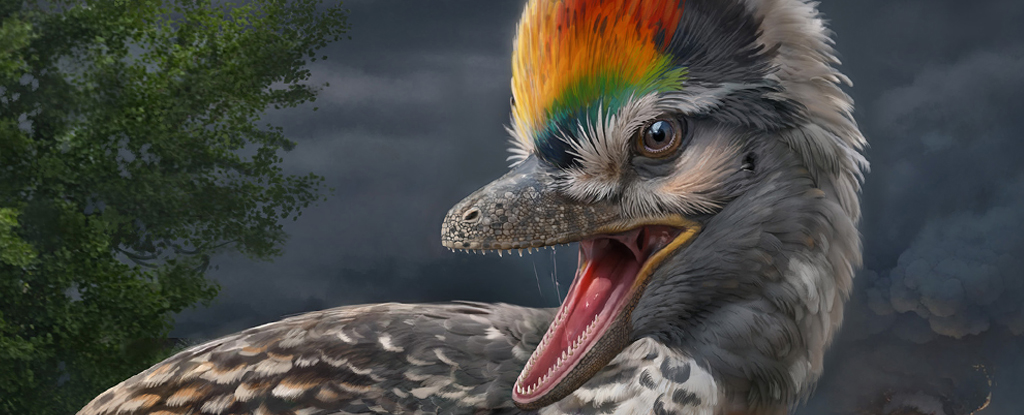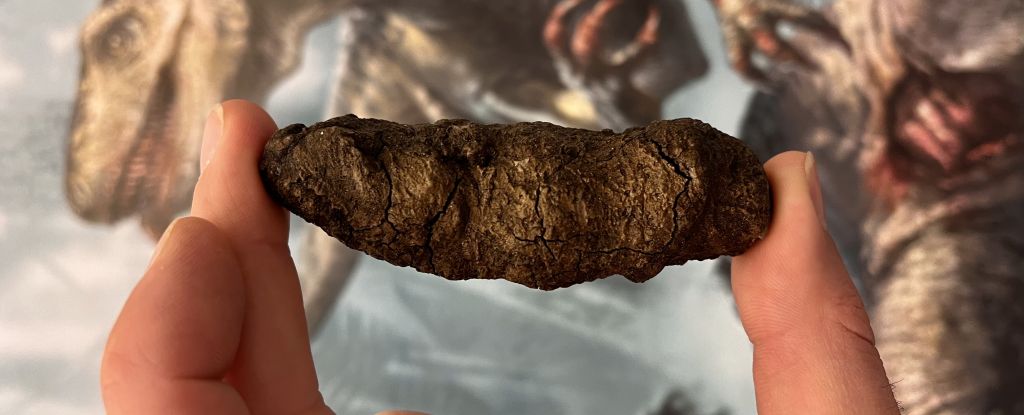Amidst remains of turtles and fish preserved in a southeastern China fossil bed, scientists have uncovered the skeleton of a dinosaur with curious bird-like features.
Estimated to be roughly 30 million years older than any confirmed bird fossil, the finding could tell us a thing or two about the first critical steps into their evolution.
Chinese Academy of Sciences paleontologist Min Wang and colleagues compared the new fossil, named Fujianvenator prodigiosus, with the remains of other dinosaurs from that time and more modern ones to identify the animal’s place within the dino-bird family tree.
The researchers determined the pheasant-sized and likely feathered Fujianvenator prodigiosus belonged to the ancestral group avialae which includes modern birds and their most closely related dinosaur ancestors.
Remains of early bird ancestors like this are hard to come by, so they each hold important clues to the evolution of birds and the environment of Earth they experienced.
Researchers have named the collection Fujianvenator was found in Zhenghe Fauna, to recognize the extraordinary diversity and unique composition found at that time and place in Earth’s history.
For decades, the preserved 150-million-year-old remains of a dinosaur called Archaeopteryx defined a critical early moment in the evolution of modern birds.
Now, researchers aren’t so sure, finding the famously feathered creature has more in common with a group called Deinonychosauria than Avialae. With few other convincing bird-like fossils from this time, researchers can only guess at what such an early bird might have looked like.
Appearing just a few million years after Archaeopteryx, Fujianvenator might have at least a few answers, straddling the line between ancient dinosaur and more modern birds.
The pelvis of Fujianvenator has features that are more similar to the less-bird-like dinosaurs, including the strange four-winged Anchiornis. This means that the morphological transition from arms to wings started really early on in bird ancestors, while legs were still doing different things, and suggests Fujianvenator branched off in a different direction than the one that led to birds.
“Our comparative analyses show that marked changes in body plan occurred along the early avialan line, which is largely driven by the forelimb, eventually giving rise to the typical bird limb proportion,” explains Wang.
“However, Fujianvenator is an odd species that diverged from this main trajectory and evolved bizarre hindlimb architecture.”
These elongated lower hindlimbs and the fossils it was found amongst suggests Fujianvenator was a long-legged swamp dweller or a high-speed runner.
Both wading and running make use of these leg proportions and unfortunately the feet of Fujianvenator which might distinguish between these options are not clearly defined, so further fossil finds will be needed to confirm.
But this is the first time a potential swamp avialan has been identified. All the other avialans paleontologists have discovered so far have features of being tree dwellers.
This research was published in Nature.





